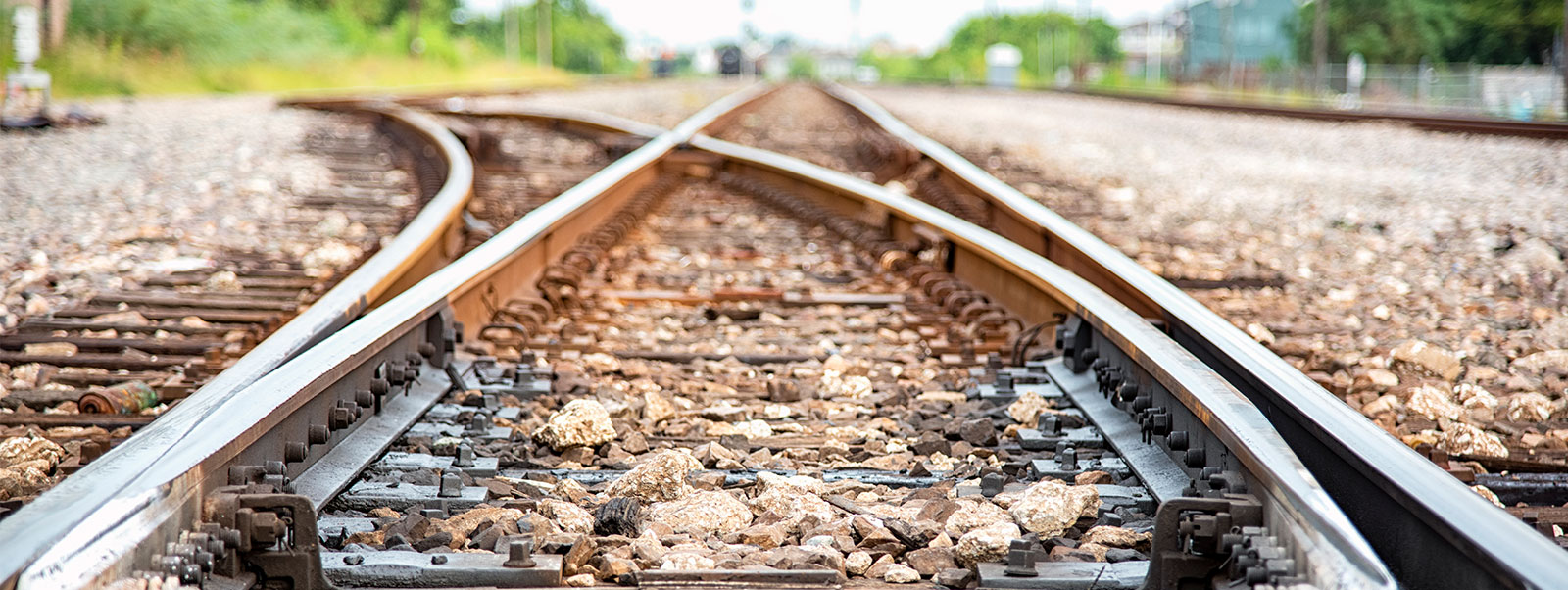The future isn’t catching the freight rail industry by surprise.
Notwithstanding cyclical ups and downs, customer and consumer freight demands are expected to continue to grow. The Federal Highway Administration estimates that demand for freight shipments will increase 35% by 2040. Freight trains will play a crucial role in moving these goods and our American economy, ensuring raw materials and finished products move quickly, safely and efficiently.
Transportation and rail expert Patrick Lortie believes the freight rail industry has the capabilities — and is doing what’s necessary — to meet this challenge head on.
Lortie advises transportation organizations around the world in his role as Partner and Global Rail Leader at Oliver Wyman — a leading management consulting firm. Bringing his expertise to both the public and private sectors, Lortie specializes in helping clients adapt to our rapidly changing world. He says the freight rail industry is “on the cusp” of a transformation into a smarter, more agile transportation leader.
We spoke with Lortie about how he views railroads today, the changing nature of competition in the transportation industry and how freight railroads are transforming to meet new customer needs.
What is the state of railroads today?
Railroads are in a strong place. The infrastructure is in really good shape, better than ever because the railroads are constantly reinvesting in it.
Although freight rail companies are incredibly successful today, the railroad of tomorrow is going to be vastly different. They’re absolutely on the cusp of big transformational change, which is terribly exciting and creates a lot of opportunities for innovation to meet the demand.
What’s driving this transformation?
A number of factors are causing this shift, some specifically in the rail industry and others in the transportation sector more broadly. One is the economy’s move away from rail-centric commodities, such as coal.
With consumers ordering more and more online, freight cargo is trending toward smaller packages, as opposed to bulk cargo. The trucking industry is currently better equipped to handle and deliver these types of smaller shipments, partly because existing regulations and policies encourage them to innovate. There is a real movement to widely deploy driverless trucks, as well as truck platoons in which one driver is controlling multiple trucks remotely. In fact, the U.S. government has been subsidizing research on more fuel-efficient “super trucks.” While we can debate how imminent these trucks will be on the road, we can agree they will eventually be in widespread use.
This will result in significant gains for truck manufacturers and companies. These technological advances are estimated to cut operating costs for truckers by as much as 40% over the next decade or so. This doesn’t all happen in a vacuum. More trucks will contribute to highway traffic congestion and lead to more greenhouse gas emissions.
Policymakers can alleviate some of these issues by developing rail-friendly policies that move trucks off the roads. Giving flexibility and freedom to expand rail’s ability to deploy autonomous technology could have huge benefits — for the industry and the country at large.
There’s going to be a lot of innovation coming our way. It’s going to come from outside the industry, and even perhaps from outside the U.S.. America’s railroads will respond by focusing on their level of service and lower costs. Those are really the imperatives.
Technology will provide a more efficient transportation of goods, while also making it safer, more sustainable and more reliable. In the end, the customer is going to be the great winner in all of this
What does this shift mean for customers?
Competition is such that whoever doesn’t adapt to customer expectations is going to stay behind. The expectation of enterprise has gone up as have expectations of individuals in terms of service level. Technology will provide a more efficient transportation of goods, while also making it safer, more sustainable and more reliable. In the end, the customer is going to be the great winner in all of this.
What does the future of freight rail hold?
Technology will lead the way for railroads. They’ll be successful in the future by focusing on the level of service and lowering costs; these two items are enabled and will be enabled by technology. Technology will help make railroads’ operations more resilient. By proactively maintaining equipment and infrastructure, railroads can prevent stoppages and make the network run more smoothly. New technology will allow rail companies, shippers and customers to have much more control over their assets and use the network much more productively. Advances like real-time shipment tracking and digital customer dashboards help provide visibility to shippers from beginning to end. That’s exciting.
All this technology represents a shift in how we think about operating railroads. It’s focusing on resiliency. It’s focusing on your customers and integrating with your supply chain. It’s using fewer assets, and using them better. And, of course, embracing technology. Not just technology that you come up with, but looking outside the industry for technological innovation that you can import into your organization.






